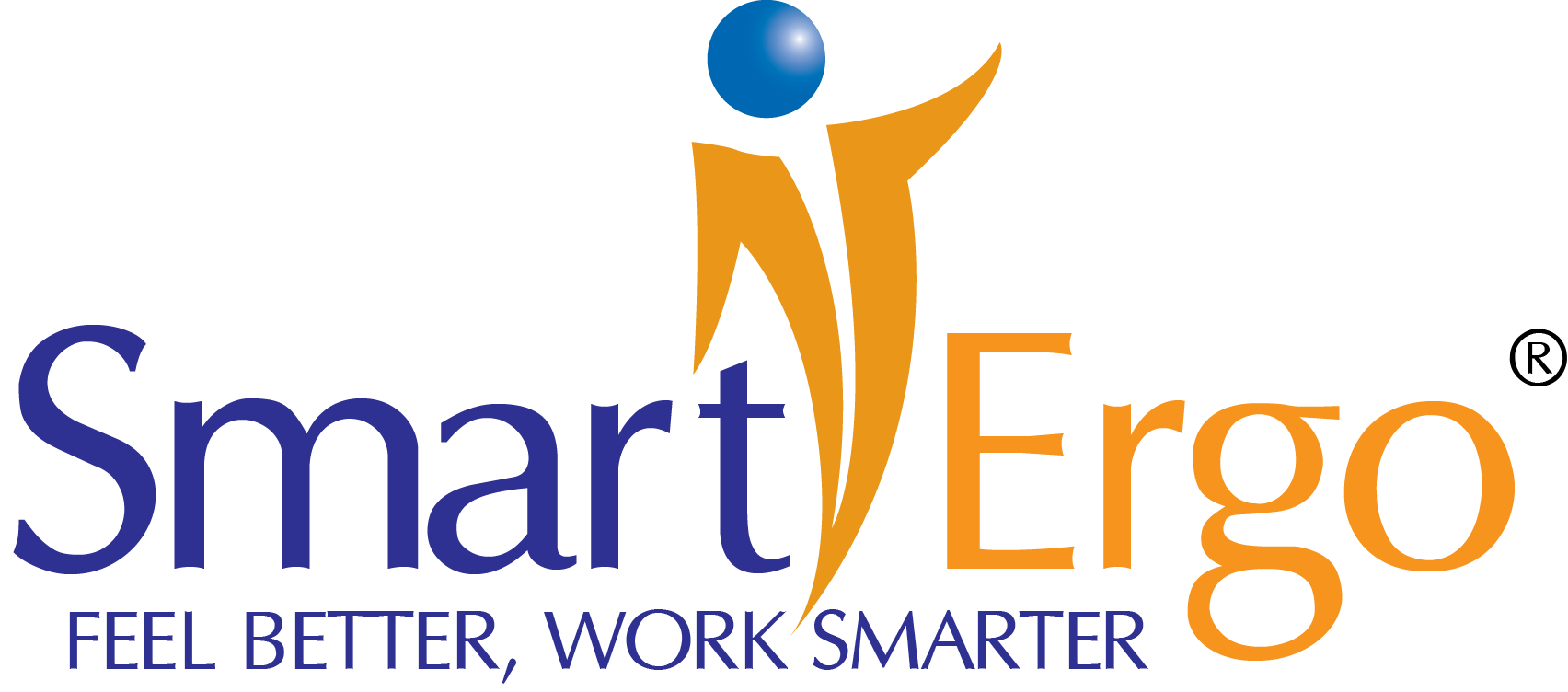
We’ve seen some significant large-scale studies published in recent years confirming irrefutable disruptive health issues, for the average otherwise-healthy population, resulting from sustained static postures particularly involving prolonged sitting at work.
Beyond chronic sitting, it’s well-understood how chronic standing is clearly unhealthy also, contributing to lower extremity swelling and venous pooling, higher incidence of varicose veins, lower extremity discomfort and fatigue, lower back pain, and general body and mental fatigue.
Discussing a recent study, the lead author, Columbia University Medical Center’s Keith Diaz, PhD, stated: “We’ve known for probably about a decade now that sitting increases your risk for most chronic diseases and increases your risk for early death.” Diaz continued: “Just like how much fruits and vegetables they should eat and how much exercise they should do, we need to give (people) specific guidance on how to combat the harms of sitting.“
An excellent article on the study on CNN can be found at: “Sitting too much is bad for your health, but offsetting the impact is easy, study shows“.
Diaz, PhD Behavioral Medicine at Columbia University Vagelos College of Physicians and Surgeons, discussed findings including how even basic activity like “walking for a few minutes” at a normal gate “every half hour” was found to tremendously offset the harmful impacts of static postures on blood pressure, glucose levels and more.
Health & Safety – Perfect Together
Astute readers might ask: “We all walk every day unless we have some physiological reason why we can’t – so where is the problem?“
The point of the study is not that simply walking each day addresses the problem. You can safely assume that doctors and researchers know that human beings walk each day, if physically able to.
The point of the study is that we can mitigate these harmful impacts of prolonged static postures if we walk “for a few minutes each hour while working”. This is dependent, of course, on that people can remember to do it regularly – or better yet, make it into an automatic behavior (a habit).
Already overworked health and safety professionals are tasked with, and have a passion for, ensuring the good “health” and “safety” of employees.
Of course, seasoned health and safety professionals have long understood how “health” and “safety” have always been integral parts of the Ergonomics Equation. The difference today which is enabling HSE, HR and CPO budgets to open up, is senior management’s bifurcated focus on reducing all related preventable losses and buttressing their Employee Value Proposition for employee satisfaction and retention.
The Operational Excellence step here is simply to pivot the mindset. Stop needing to budget high expenses for unnecessary healthcare overutilization, ergonomic injuries, lost productivity and more and to invest instead in evidence-based strategies to help employees and the employer’s bottom line. This is “low hanging fruit to pick” as the experts say.
The Progression of Studies
The list of studies on the deleterious effects of prolonged static postures is substantial and concerning especially when you consider how related studies have confirmed how employees in discomfort are much higher consumers of healthcare services. Employee healthcare, after all, is among the top employee expenses for both employers and employees.
While the list of studies is long, we’re reminded of a major study published a year and a half ago in the peer-reviewed Journal of the American Medical Association (JAMA) confirming a clear link between cancer rates in adults and prolonged static postures.
The lead author Dr. Susan Gilchrist, said in a statement “Our findings reinforce that it’s important to ‘sit less and move more.”
In a CNN article covering the study Too Much Sitting Raises Your Risk For Cancer, Study Finds, Dr. Gilchrist said “I tell them to consider standing up for 5 minutes every hour at work. It might not sound like a lot, but this study tells us even light activity has cancer survival benefits” said Gilchrist, who leads MD Anderson’s Healthy Heart Program.
The study involved more than 8,000 people between 2009 and 2013 where none of the participants had cancer when the study began. Gilchrist and the researchers found there was an 82% higher risk of dying from cancer for the most sedentary people compared to the least sedentary people.
Mitigating this risk can be surprisingly straightforward using evidence-based science and methods, however, desired outcomes aren’t achieved unless the prescriptive guidance is forged into enduring improved behaviors (habits).
A number of recent articles include specific prescriptive guidance from Orthopedic Surgeons regarding how to stay out of their operating rooms: (1) more movement and stretching is needed while working, (2) brief microbreaks are required while working to adequately provide metabolic recovery time and (3) repositioning of furniture and equipment is useful to encourage neutral postures.
Don’t Stand All Day Either…
It’s well-understood, however, how chronic standing is also well-known to be unhealthy, contributing to lower extremity swelling and venous pooling, higher incidence of varicose veins, lower extremity discomfort and fatigue, lower back pain, and general body and mental fatigue.
A related study published in the journal Ergonomics concluded “Standing is being used to replace sitting by office workers; however, there are health risks associated with prolonged standing. In a laboratory study…prolonged standing discomfort increased (all body areas), reaction time and mental state deteriorated…“
Clearly, there needs to be some balance between sitting and standing during our work, however, should the primary issue really be about “sitting versus standing” or more to the point about “reducing static postures and encouraging movement“?
Best Practice Behaviors
For health and safety professionals who’ve already been providing employees with training and better adjustable furniture and equipment, kudos to you as your instincts and efforts are spot on as every employee can benefit from these pieces of the solution.
Applied Behavioral Analysis, however, teaches that there’s still one more integral piece required to bind these elements together to become an effective sustainable behavioral improvement and effectively mitigate the risk.
Changing how people do something can appear simple on the surface. So, why don’t we all simply, abruptly and forever change our behaviors after simply taking a course or being given information and told to do something? As you would expect, there are well-known reasons.
Yet another significant challenge is that most employees using computers have had years of repetition to reinforce their unhealthful behaviors so we need to crowd-out the unhealthful behaviors with healthy behaviors.

Science and history have shown that you can improve these safety behaviors of integrating neutral postures, moving about periodically, and pacing with a point-of-use operant conditioning positive reinforcement tool being used.
Coaching: The Glue That Binds Knowledge Into Sustainable Behavior Change
Beyond evidence-based science, including Psychology and Applied Behavioral Analysis which both laud coaching, the benefits of having a coach are self-evident in all aspects of human behavior including, just a few as examples:
- Sports, Amateur, Professional, even Olympians, etc...
- Music, Learning to Play, Singing, etc...
- Life Coaching
- Executive and Leadership Coaching
- Wellness Coaching, Yoga, Mindfulness, Meditation
Evidence-based ErgoSuite Coach, helping people improve their behaviors since 2000, elegantly embodies the very best of Applied Behavioral Analysis and Operant Conditioning to help home-based employees learn to make good ergonomic behaviors automatic.
Its unique patented methods observe activity and recovery time in order to personally and gently coach users precisely when needed to prevent tissue damage and help make neutral postures, movement, micro-breaks and stretching all automatic behaviors for optimal employee health, safety and wellness. ErgoSuite Coach gently and positively reinforces the desired employee behaviors.

